For around five or six years Britain’s elite Pathfinder Platoon fielded a small fleet of Land Rover conversions designated Defender 90 LRPV, writes Bob Morrison.
~
Originally established as part of 5 Airborne Brigade and an elite unit which can trace its history back to preparations for the 1944 D-Day landings in Normandy, today’s Pathfinder Platoon is the advance reconnaissance asset of Britain’s rapid intervention 16 Air Assault Brigade. For several years in the 1990s, prior to the introduction of the Defender 110 WMIK, this elite recce unit used a small fleet of specially modified Defender 90 Land Rovers which they called their Long Range Patrol Vehicle or LRPV.
Reborn in its current form shortly after the Falklands War and drawing on experiences learnt from that conflict, the Platoon was part of 5 Airborne Brigade from 1985 until the 1999 amalgamation with 24 Airmobile Brigade which resulted in 16 Air Assault Brigade. The Pathfinders, which attract recruits primarily, but not exclusively, from the ranks of the Parachute Regiment and para-qualified members of the support arms, have long been regarded as a training ground for 22 Special Air Service Regiment. It is therefore no great surprise that they based their Long Range Patrol Vehicle (LRPV) quite closely on the Desert Patrol Vehicle (DPV) used by the SAS at that time. Photos of these Pathfinder vehicles in service are hard to come by, but fortunately I was allowed an insight into their use shortly after they were introduced.
From the mid-1980s onwards the SAS used the much larger One-Ten Hi-Cap, but as the Pathfinders’ Land Rovers would have to be carried in pairs on Medium Stressed Pallets for parachute insertion with 5 Airborne Brigade’s LPBG (Lead Parachute Battalion Group) to ensure delivery of the maximum number of vehicles on the nine Hercules aircraft typically assigned to the ‘heavy drop’ in that era, they were limited to using the less capacious short wheelbase model. Incidentally, with the exception of the SAS DPV variant the late 1980s military One-Ten and the early 1990s Defender 110 models were never actually cleared for parachute operations, but fortunately a small batch of Defender 90 Land Rovers with slightly modified rear bodies were cleared for drops and it was a dozen of these which the Pathfinders used as the basis for their LRPV fleet; I will look a little closer at what the conversion consisted of in the second part of this feature.
I bumped into the Pathfinders several times on exercise Drop Zones in the early 1990s while awaiting parachute insertion of Land Rovers from RAF Hercules transport aircraft. In addition to being the 5 Airborne Brigade commander’s behind enemy lines ‘eyes and ears’, the Pathfinders were tasked with covertly infiltrating several days ahead of the main force to reconnoitre and mark out Drop Zones for parachutists, landing sites for helicopters and airfields for follow-on Tactical Air Land Operations. In most circumstances they would clandestinely parachute into action in small teams, using HALO techniques, to carry out their initial duties and then when the main landing occurred they would collect their vehicles from the Drop Zone and go into longer range action.
In 1992 they invited me to fly with them on a HALO (High Altitude Low Opening) training flight, where recruits undertaking their rigorous selection course were being put through their paces as freefall parachutists, and that was where my interest in their vehicles stemmed from. During the long waiting periods on the ground, as the Hercules repeatedly climbed up to 16,000 feet to disgorge sticks of parachutists, I got chatting to long-serving members of the platoon about Land Rovers and they told me of plans that were afoot to create their own dedicated recce vehicles, based on the small fleet of Defenders they had at their disposal. However, it would be late 1994 before I got the chance to photograph these rare and interesting conversions.
On that bright, but cold, December morning I was invited to join the Pathfinders on the Long Valley training area near Aldershot, where they were having a vehicle familiarisation day. My host was the late Dave Gerrard, the unit’s Royal Electrical & Mechanical Engineer (REME) sergeant, and one of the driving forces behind the creation of the LRPV. A Land Rover man to the core, Dave had arranged for me to come out to play with the lads in exchange for me taking a team photo to grace the wall of the Temple, their nerve centre in the 5 Airborne Brigade garrison. At that time, the roughly forty-strong unit of reconnaissance experts was placing more emphasis on vehicle-borne activities as the world rapidly changed following the collapse of the Iron Curtain and new military roles evolved.
These new ‘mobility’ skills would be put to good use in June 1999, when the Pathfinders were rushed forward to provide airfield security at Pristina Airport during the occupation of Kosovo; a critical task made even more difficult by the surprise intervention of Russian paratroopers, redeployed down from Bosnia to ensure their motherland had a bargaining chip in place as the Serbs were ousted.
To be continued…
- See also:- MLR Pt.18b ~ Pathfinder Defender 90 LRPV



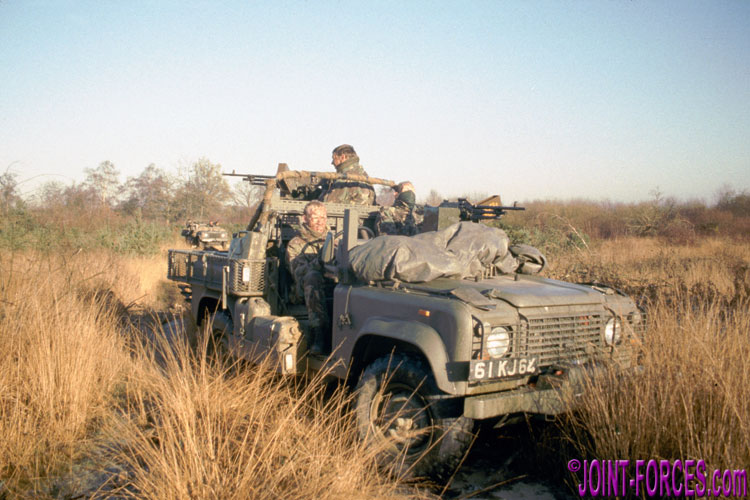
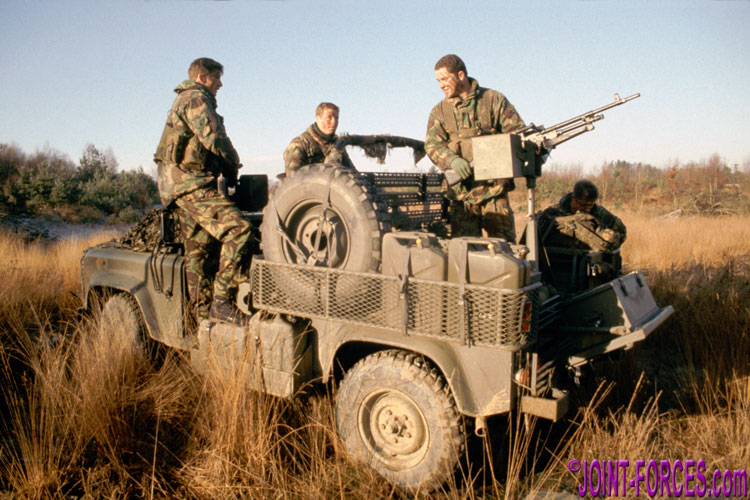
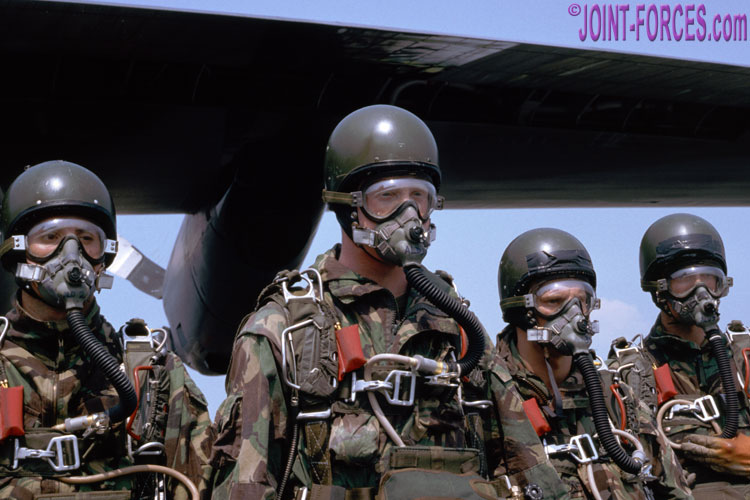
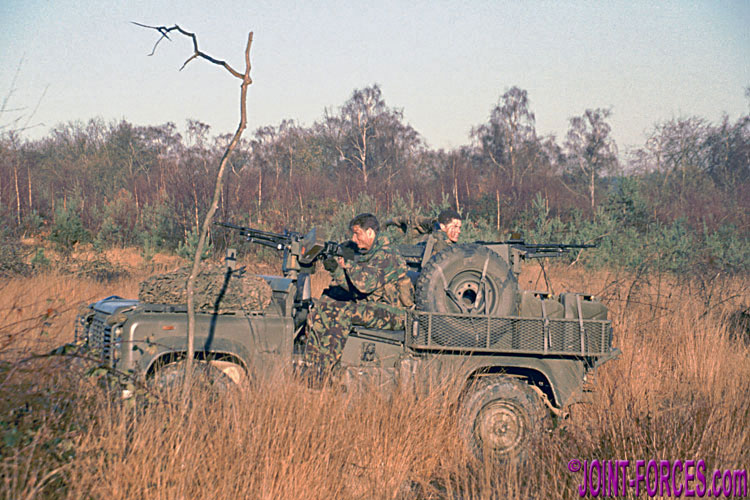

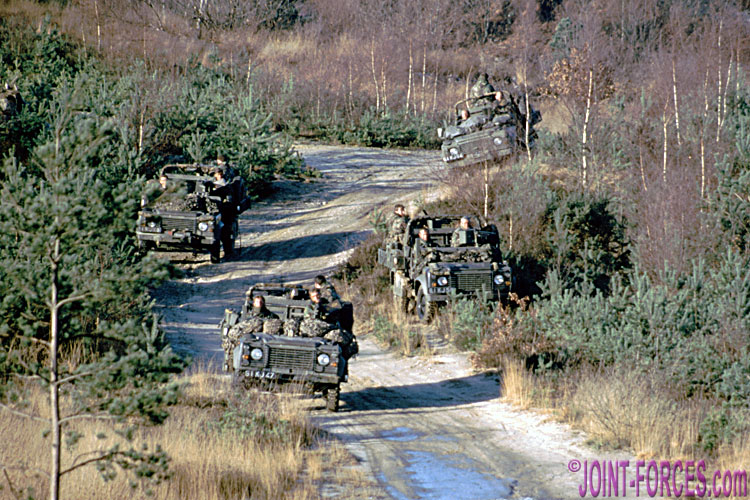

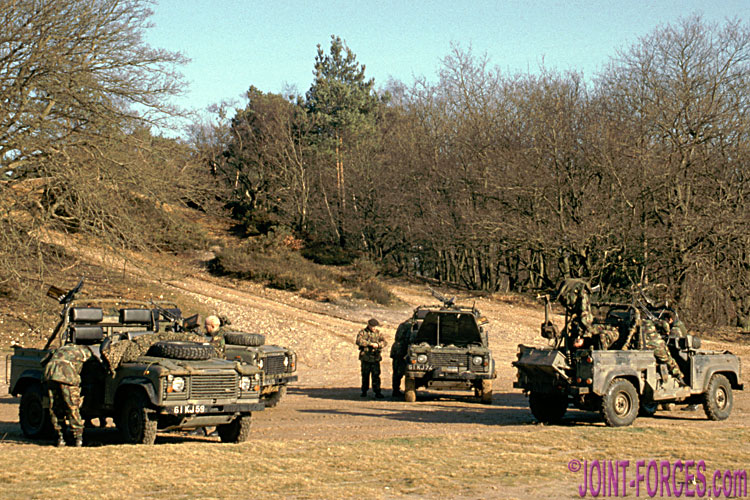
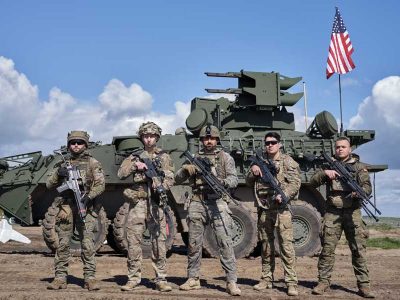
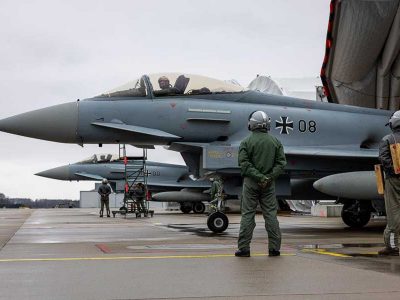
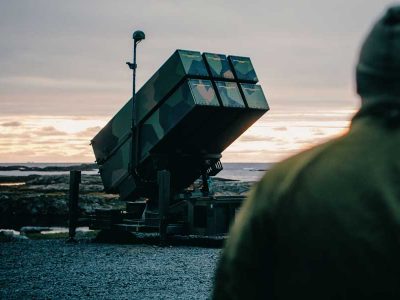
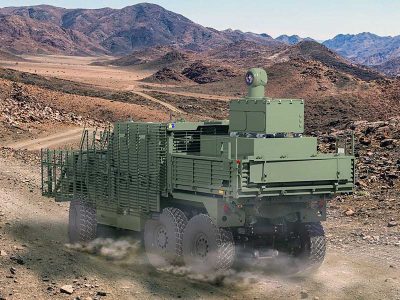


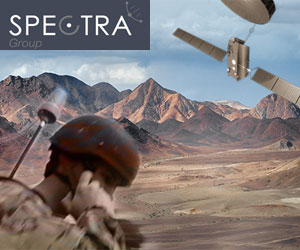











Pingback : MLR Pt.18b ~ Pathfinder Defender 90 LRPV - Joint Forces News
Pingback : MLR Pt.18b ~ Pathfinder Defender 90 LRPV | Joint Forces News